HOT PRODUCTS
Water dispensers are a vital appliance in homes and offices, providing convenient access to cold, refreshing water at the press of a button. However, what happens when your water dispenser stops cooling properly? This issue can be frustrating, especially in the summer heat or during periods of high water consumption.
If your water dispenser isn’t cooling the water, there are several possible reasons behind the malfunction. This article explores the common causes for this issue and provides solutions to help restore your dispenser to optimal working condition.
1. Power Supply Issues
One of the most straightforward reasons your water dispenser may not be cooling is a problem with the power supply. If the appliance isn’t getting power, the cooling system won’t operate as it should.
Potential Problems:
Loose or unplugged power cord: Check that the power cord is firmly plugged into the socket and the appliance is turned on.
Blown fuse or tripped circuit breaker: If the appliance's fuse is blown or the circuit breaker has tripped, the cooling mechanism will fail. A simple reset or fuse replacement might solve the problem.
What to Do:
Inspect the power cord for damage.
Ensure the power outlet is functional (test it with another appliance).
Check the fuse or circuit breaker and replace or reset as necessary.
2. Faulty Thermostat
A thermostat controls the cooling mechanism in the dispenser, regulating the temperature to keep the water cool. If the thermostat is malfunctioning, the water may not reach the desired temperature.
Potential Problems:
Incorrect settings: The thermostat might be set to a warmer temperature than intended.
Broken thermostat: Over time, thermostats can become faulty, leading to inconsistent or no cooling at all.
What to Do:
Check the thermostat settings and adjust if necessary.
If adjusting doesn’t work, consider replacing the thermostat.
3. Refrigerant Leak (Compressor Issues)
For dispensers with refrigeration-based cooling systems, a refrigerant leak or malfunction in the compressor could be the reason why your water is no longer cooling.
Potential Problems:
Refrigerant leak: If the refrigerant levels drop due to a leak in the system, the cooling process cannot occur.
Compressor malfunction: The compressor is the heart of the cooling system. If it’s damaged or broken, cooling will be ineffective.
What to Do:
A refrigerant leak usually requires professional attention, as handling refrigerants can be hazardous.
If the compressor is faulty, it may need to be replaced.
4. Blocked or Dirty Condenser Coils
Condenser coils are essential for dissipating heat from the cooling system. If they become dirty or blocked, the cooling system won’t function properly, resulting in warm water.
Potential Problems:
Dirt or dust accumulation: Over time, dirt can accumulate on the condenser coils, reducing their efficiency.
Clogged airflow: Objects or debris obstructing airflow can lead to overheating in the system.
What to Do:
Turn off the water dispenser and unplug it.
Use a soft brush or vacuum to gently clean the condenser coils.
Ensure the area around the dispenser is clear to allow proper airflow.
5. Malfunctioning Cooling Fan
The cooling fan is responsible for circulating cold air over the cooling components. If the fan fails or becomes clogged, the cooling process will be disrupted.
Potential Problems:
Fan malfunction: A broken or faulty fan motor can prevent proper air circulation.
Fan obstruction: Debris or dirt blocking the fan’s movement can reduce airflow.
What to Do:
Check if the fan is running when the dispenser is on.
Inspect the fan for any visible obstructions.
If necessary, replace the cooling fan or repair its motor.
6. Incorrect Temperature Settings
Some water dispensers have adjustable temperature settings for both hot and cold water. If the cooling function is set too high (or too low), you may notice that the water isn’t cooling as expected.
Potential Problems:
Overly high cooling temperature: If the thermostat is set too high, it may not activate the cooling mechanism properly.
Outdated settings: If the settings have been changed without your knowledge, the water may not cool as it should.
What to Do:
Double-check the temperature settings on the dispenser.
Adjust to a cooler setting if necessary and give the system time to adjust.
7. Overfilled Water Reservoir
Some water dispensers may struggle to cool effectively if the water reservoir is overfilled. This can block the cooling mechanism from functioning correctly, as the water level may prevent proper circulation of cold air.
Potential Problems:
Water blocking cooling system: Excess water can obstruct airflow or prevent the cooling mechanism from engaging.
What to Do:
Ensure the water reservoir isn’t filled beyond the maximum fill line.
If the dispenser has a water overflow feature, check that it’s working properly.
8. Old or Worn-Out Unit
As with any appliance, wear and tear can impact the overall performance of a water dispenser. Older units may not be able to cool water as effectively due to outdated components or general degradation of the cooling system.
What to Do:
Consider having the unit serviced by a professional technician.
If the dispenser is very old and repair costs are high, replacing it might be more economical.
9. Insufficient Cooling Capacity
If your water dispenser is constantly in high demand (e.g., used frequently in a large household or office), it may not have the capacity to cool large amounts of water consistently. Overworking the unit can reduce its ability to cool water effectively.
Potential Problems:
Too many users: The dispenser may be cooling too much water to keep up.
What to Do:
Consider upgrading to a larger water dispenser that can handle greater demand.
Conclusion
A water dispenser that isn’t cooling water can be a result of several different issues, from simple power problems to complex mechanical failures. By troubleshooting common causes such as power issues, faulty thermostats, refrigerant leaks, and dirty components, you can often identify and fix the problem yourself. However, some issues, such as compressor malfunctions or refrigerant leaks, may require professional attention. Regular maintenance, such as cleaning the coils and checking settings, can also help prevent future problems.
If you’ve tried the solutions above and your water dispenser still isn’t working, it may be time to contact a professional for repair or consider replacing the unit. Keeping your water dispenser in top condition ensures that you always have access to cold, refreshing water when you need it most.





 Language
Language
 English
English Español
Español


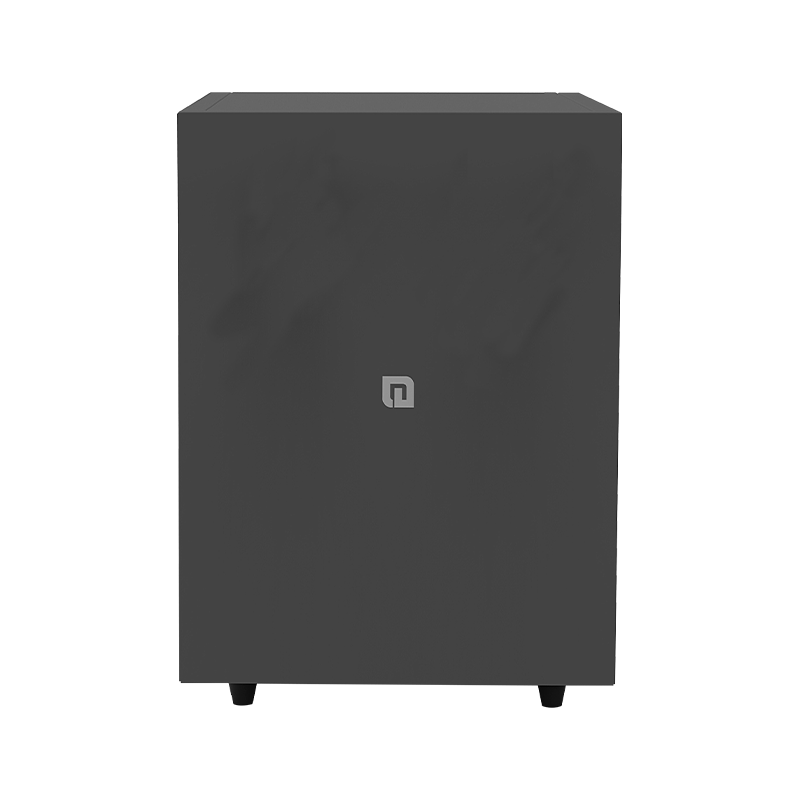
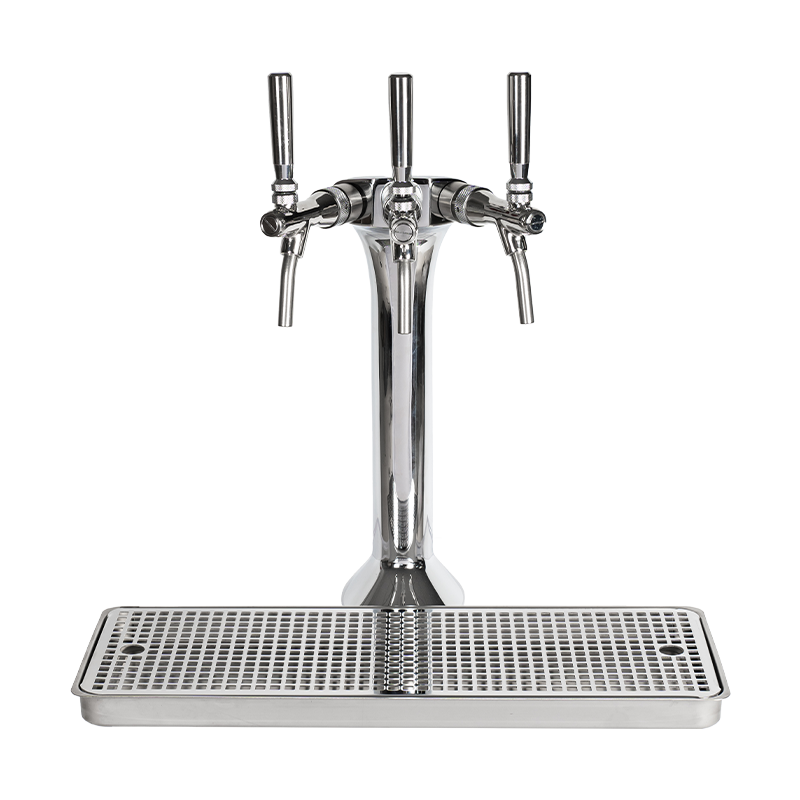
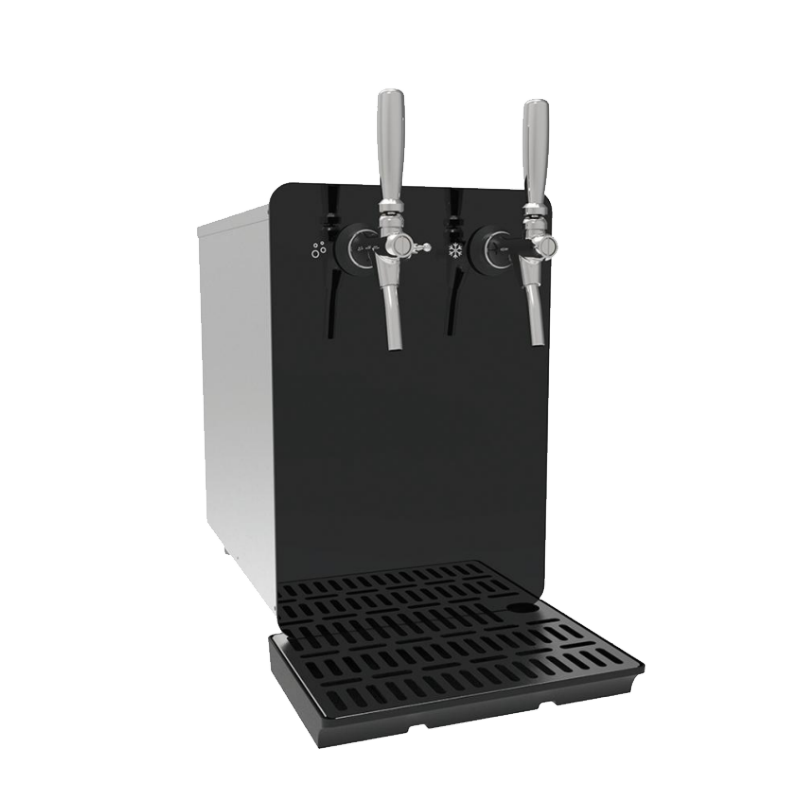
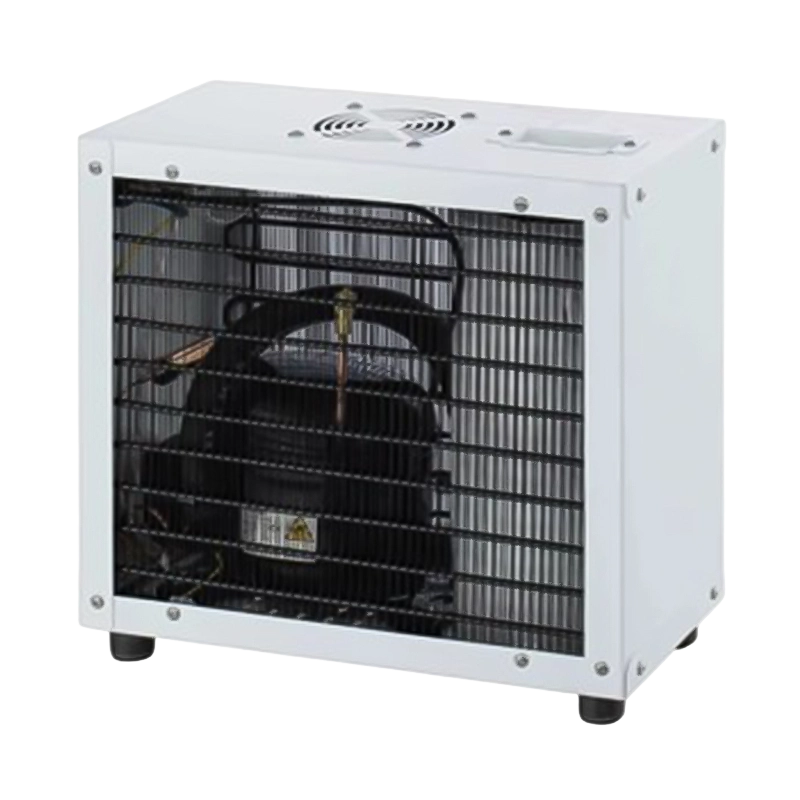
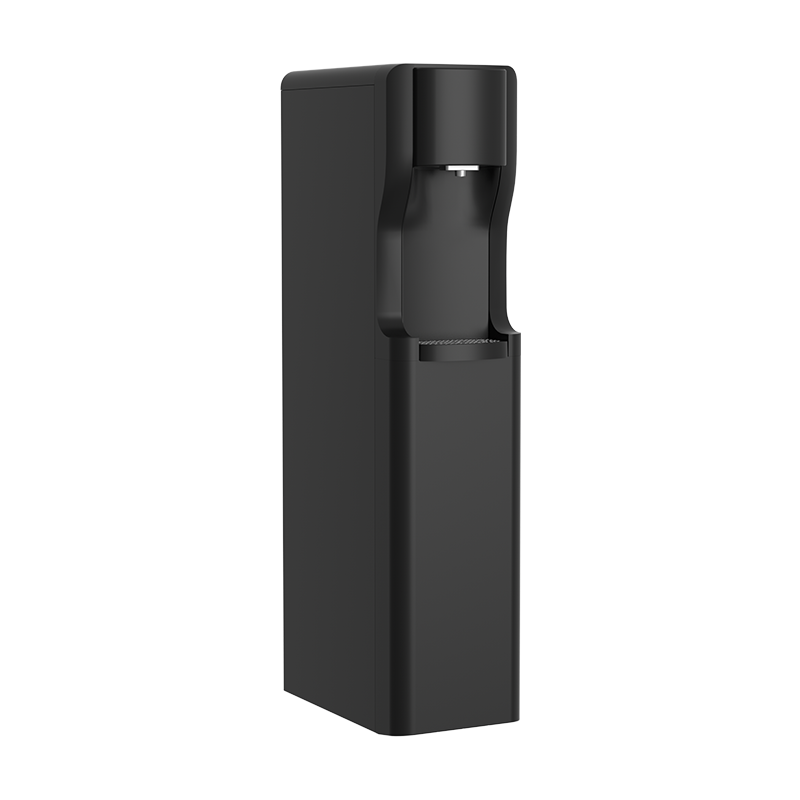
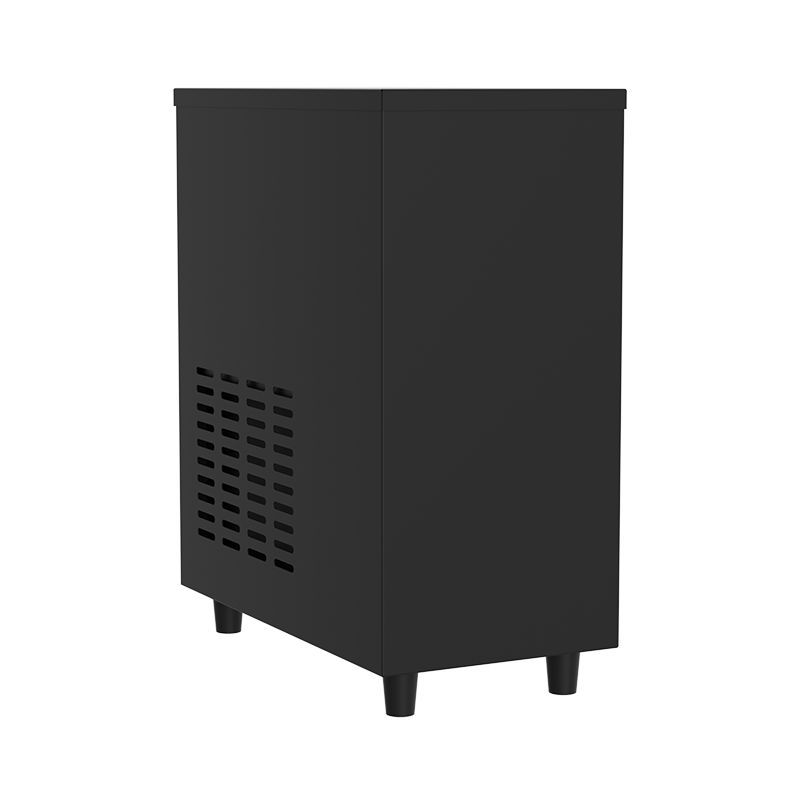
 ADDRESS
ADDRESS CONTACT
CONTACT EMAIL
EMAIL